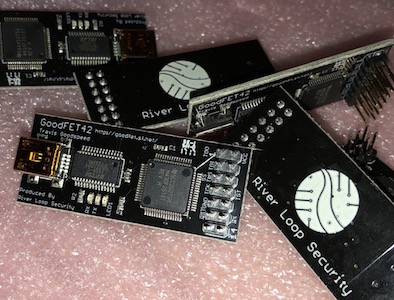Hardware Hacks: The Importance of Supply Chain Validation
In the past few months, media reporting1 2 on alleged Chinese backdoors via one or more types of hardware implants which compromised American products and companies has raised the public’s awareness of the risk of security compromise via hardware. For those of us who deal with hardware security daily, such allegations are not a big surprise. Our team has worked on designing, securing, and hacking hardware used in places ranging from startups to security-critical government applications, and one item that is in almost every assessment that we do is a circuit board tear-down and detailed parts identification.








